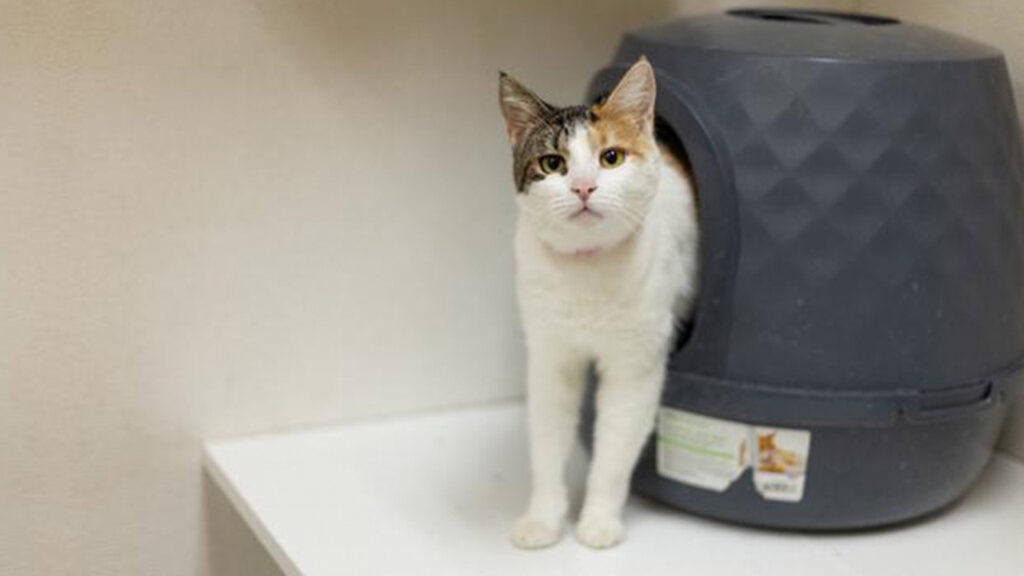Share
A Kerman farmer says that so many of his employees were affected by a COVID-19 outbreak at Skaggs Bridge Park he was nearly shut down.

“What you do on your own time affects a lot of people. Wear a mask. Social distance. Hand sanitize. Stay away from people. If you don’t have to go out, don’t go out because it could bring agriculture to its knees very quickly.” –Daniel Babshoff, Kerman farmer
Fresno County Supervisor Brian Pacheco says more than 1,000 people crowded into Skaggs Bridge Park on the San Joaquin River during the weekend of August 8-9.
Farmer Daniel Babshoff immediately had to quarantine an entire work crew as a result. When a worker is in quarantine, the first 80 hours of pay comes directly out of his budget. Babshoff says he’ll eventually get a tax credit for doing this, but for the moment he has to pay it out of his own pocket.
GV Wire℠ met with Babshoff Wednesday to get his perspective on the challenges of keeping agricultural workers safe from the virus.
Babshoff says he wasted no time in calling Pacheco to ask for help in getting something done. The next weekend, a sheriff’s deputy was stationed at the park to help keep capacity at no more than 50%.
A Series of Unfortunate Events
“We had a few of our employees down at the location of Skaggs Bridge,” said Babshoff. “A few of my workers went down there and contracted COVID-19.”
Babshoff says those infected employees then came into contact with more employees at his farm — forcing him to quarantine workers at the height of squash and watermelon harvest. He says the infected employee rode in a car with one of the highly specialized cutting crew members. All five of his cutters ended up in quarantine.
From there, things snowballed.
“In turn, our parking line could not pack because we don’t have the cutters to cut the fruit. Thus we can’t pack it. So now I have a packing line that has no work because my cutters aren’t there,” said Babshoff.
He managed to find a few cutters to cut some of the fruit. That’s when COVID-19 struck again.
“Then we found out that some of our packers were down there (Skaggs Bridge Park), and we had to quarantine them, too,” he said.
In a matter of days, the operation nearly came to a screeching halt due to COVID-19’s impact on his workforce.
“Before, I didn’t have a problem with what they did after work,” Babshoff said. “Now if affects my operation. It affects the livelihood of all our employees together.”
Educating His Workers
Morning temperature checks at his farm are now mandatory as well as social distancing. He’s also put educational materials about COVID-19 on water jugs, bathrooms, and shade trailers.
“Every day we’re consistently reminding them of COVID-19,” he said. “We’re talking to them and telling them that everything they do after work is just as important as what they do while working.”
His message moving forward?
“What you do on your own time affects a lot of people. Wear a mask. Social distance. Hand sanitize. Stay away from people. If you don’t have to go out, don’t go out because it could bring agriculture to its knees very quickly.”
Outside of Work
“The problem is that when they leave work I don’t have jurisdiction of them,” said Babshoff. “But if I can somehow educate them and bring to them the importance of social distancing and being cautious I can then in turn save those here at work as well.”
Babshoff says he and other farmers are now working hard to educate their workers about the dangers of COVID-19.
For example, Terranova Ranch on West Floral Avenue in Helm (about 15 minutes south of Kerman) constructed large billboards at the front of the property explaining the importance of mask-wearing.



Disciplinary Measures
Even after the education and materials made available on the farm, Babshoff had violators Wednesday morning.
“We still found some employees riding together without masks. So we have to discipline them,” Babshoff said.
Asked what he meant by that, he said, “I had to write them up.”
Babshoff says even though the employees were mad about the writeups, he’s persevering because it’s for the safety of the workers and their families.
Skilled Workers Tough to Find
He says general labor can still be found, but skilled workers are much harder to locate: “It’s all by word of mouth.”
Cutters and packers are the hardest jobs to fill. As far as other farmers he knows?
“Yeah, everyone’s struggling.”
Lost Crops
Babshoff says it’s impossible to put a value on what he’s lost so far because it’s all based on market value. What he knows is, he lost partial fields of butternut squash and watermelons.
His harvest begins in mid-June and runs through October when the nuts are done. Later this week, crews will start planting fall crops such as broccoli and cauliflower.

Everyone’s Frustrated
“We’re in harvest. It’s hot as heck out. The flies are sticking to you. Everything’s frustrating,” says Babshoff.
He says on top of the COVID-19 training, there is excessive heat training to do, and dealing with air regulations because of wildfires in the area.
“We’re just going one day at a time and trying to get through this,” he said.
California’s Unified Support Team
The state sent a unified support team to the Central Valley a few weeks ago to help address COVID-19 infections. One of the focus areas is farming.
The team will assist local public health, community, and medical organizations to improve testing, contact tracing, public education, and hospital surge planning.
CDC & Agricultural Workers
The CDC says there is no evidence that livestock, crops, or products that may be handled by workers involved in production agriculture are sources of COVID-19 infection. However, close contact with coworkers may contribute to spreading the virus among workers.
Distinctive factors that affect farmworkers’ risk for COVID-19 in ag workplaces include:
- Distance between workers – farmworkers often are in close contact with each other in the fields, when sharing transportation, or in shared housing.
- Duration of contact – farmworkers often have prolonged close contact with coworkers. Continued contact with infectious individuals increases the risk of COVID-19 transmission.
- Other factors that may increase risk among some workers include:
- Sharing transportation such as ride-share vans or shuttle vehicles, car-pools, and public transportation.
- Living in employer-furnished housing and sharing living quarters, cooking and eating areas, bathrooms, and laundry facilities with fellow workers.
- Living in crowded and multigenerational housing.
- Contact within their households/families and with fellow workers in community settings in areas with ongoing community transmission.
- Mobility of the workforce. In moving from farm to farm, they can potentially spread the virus between communities.
- Poor access to clean water for hygiene purposes throughout the day.



















